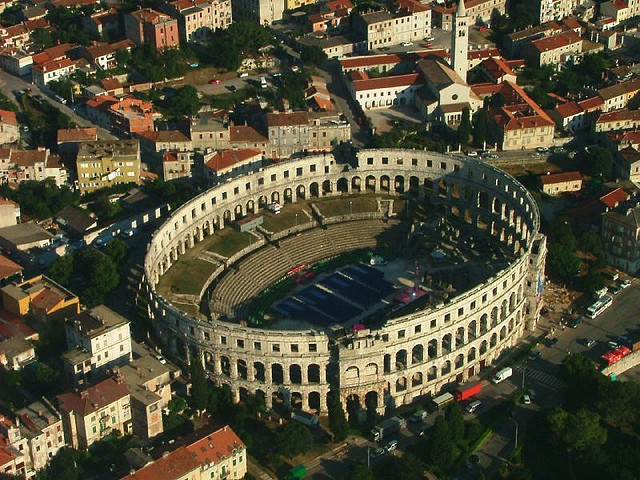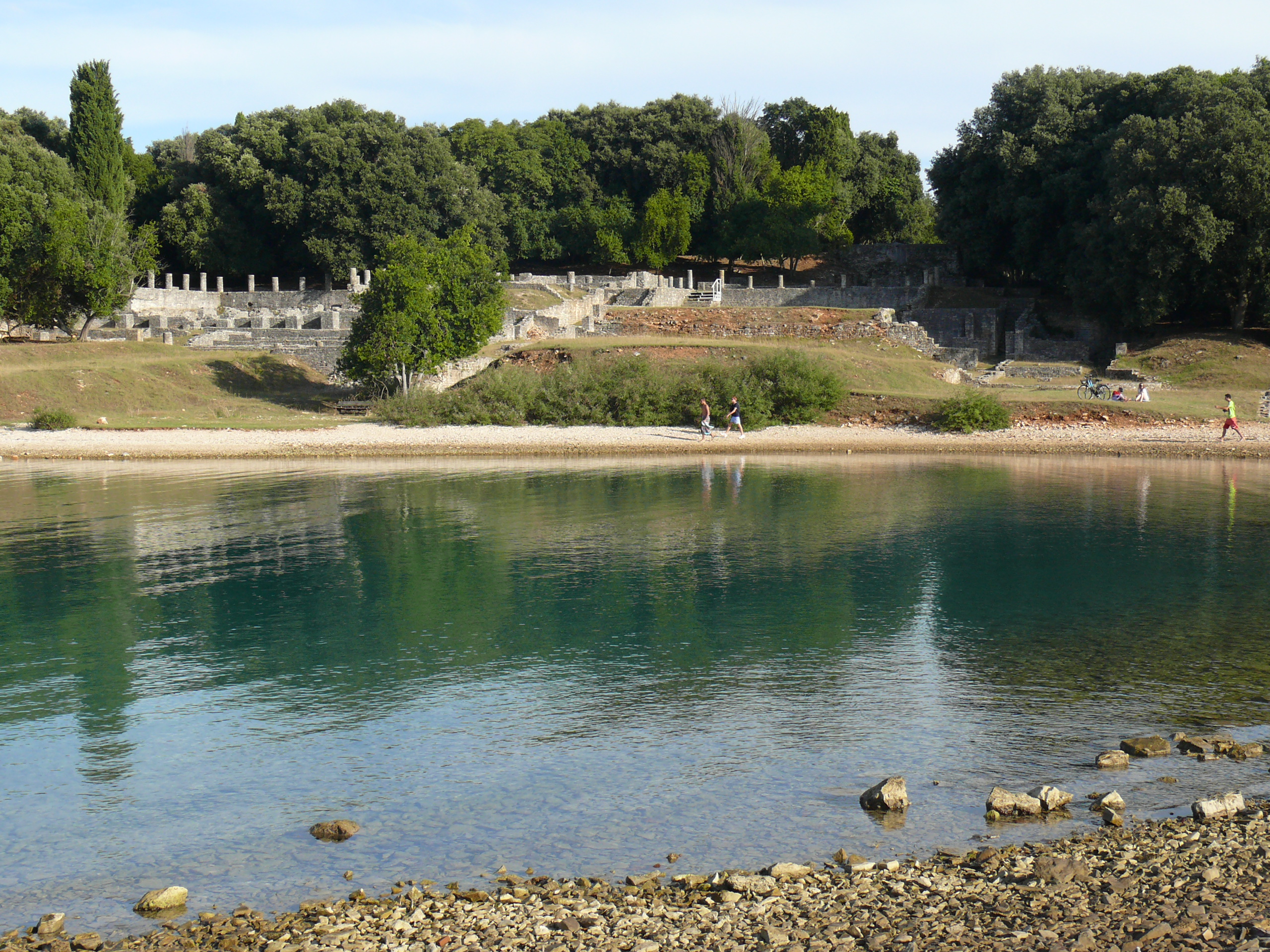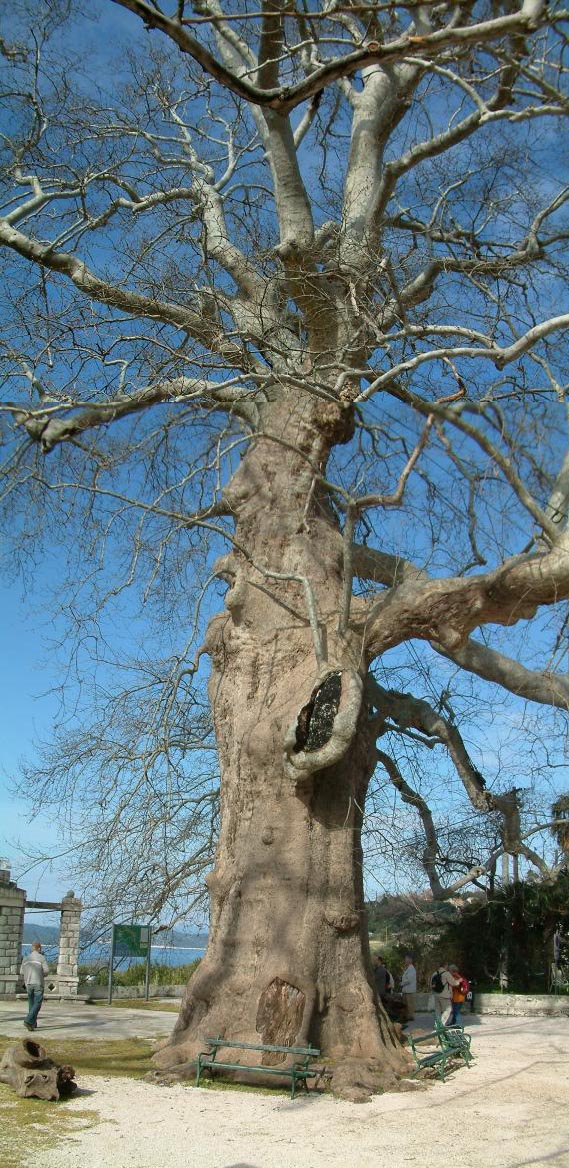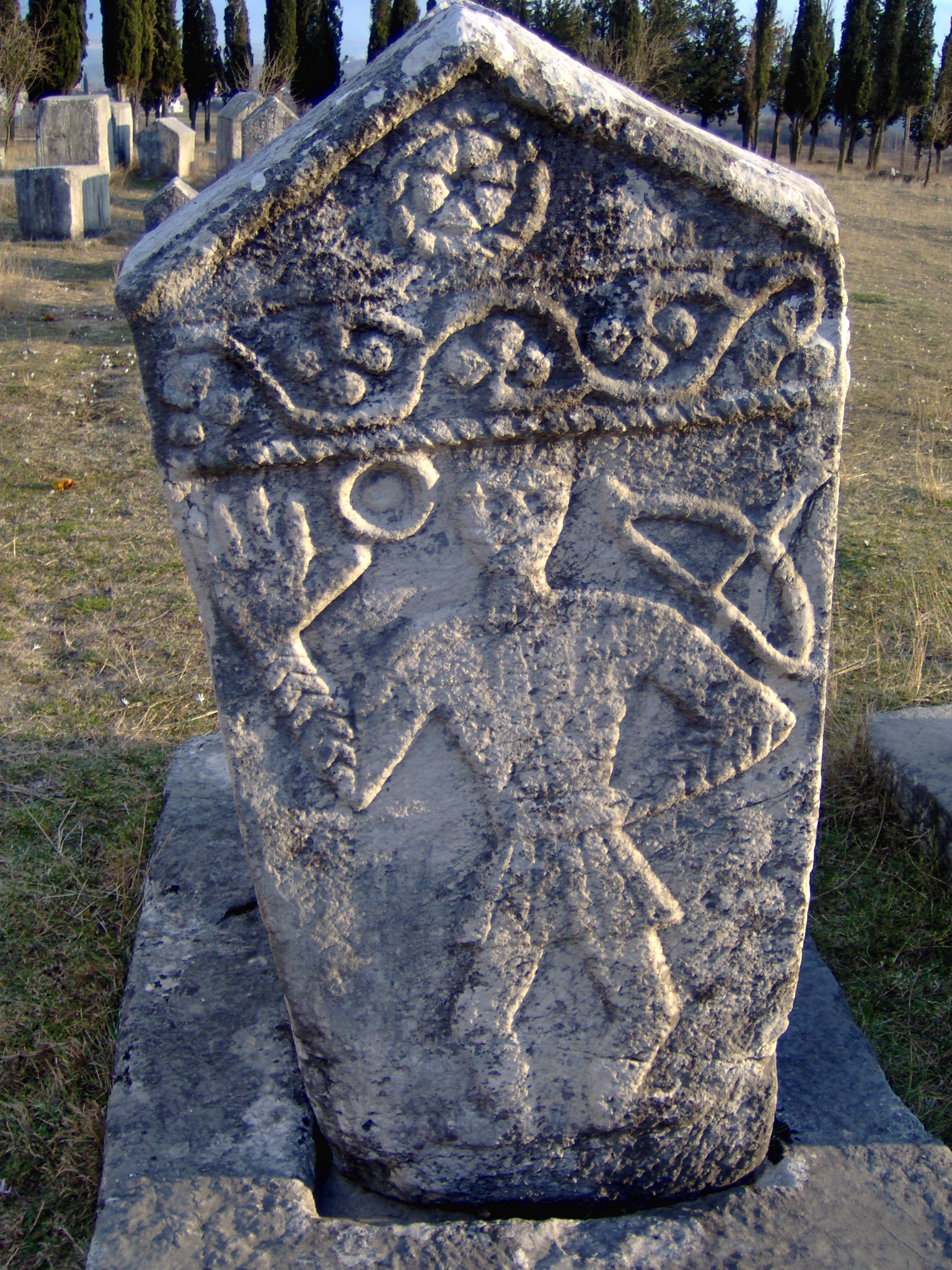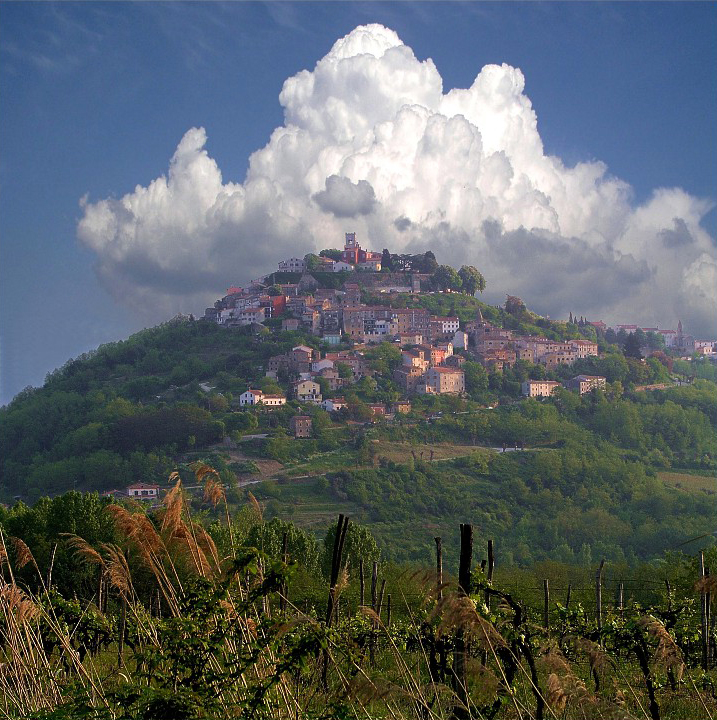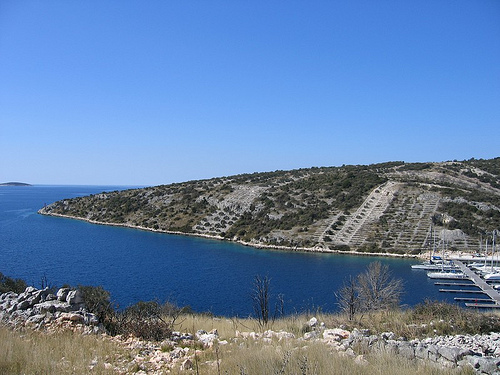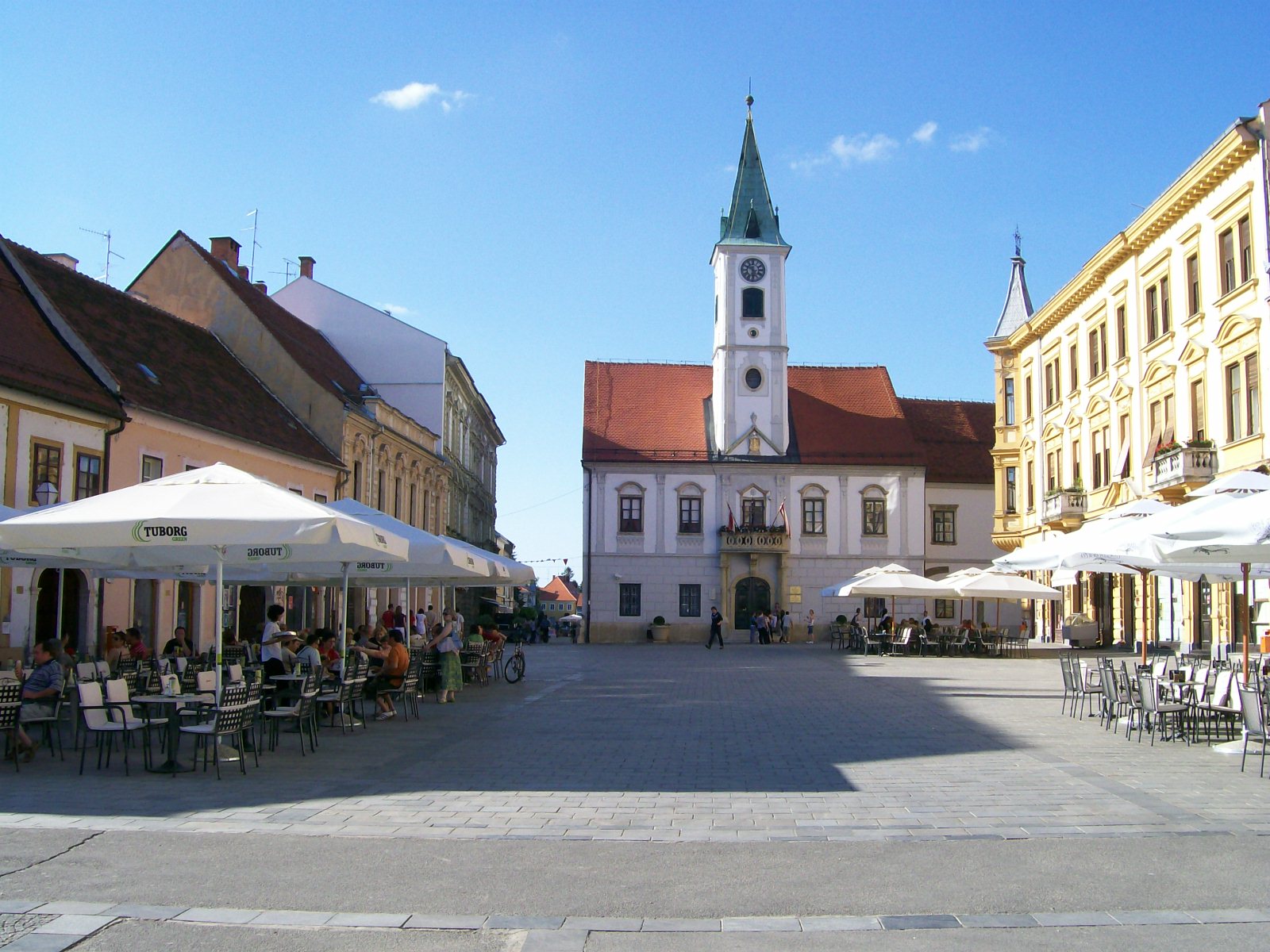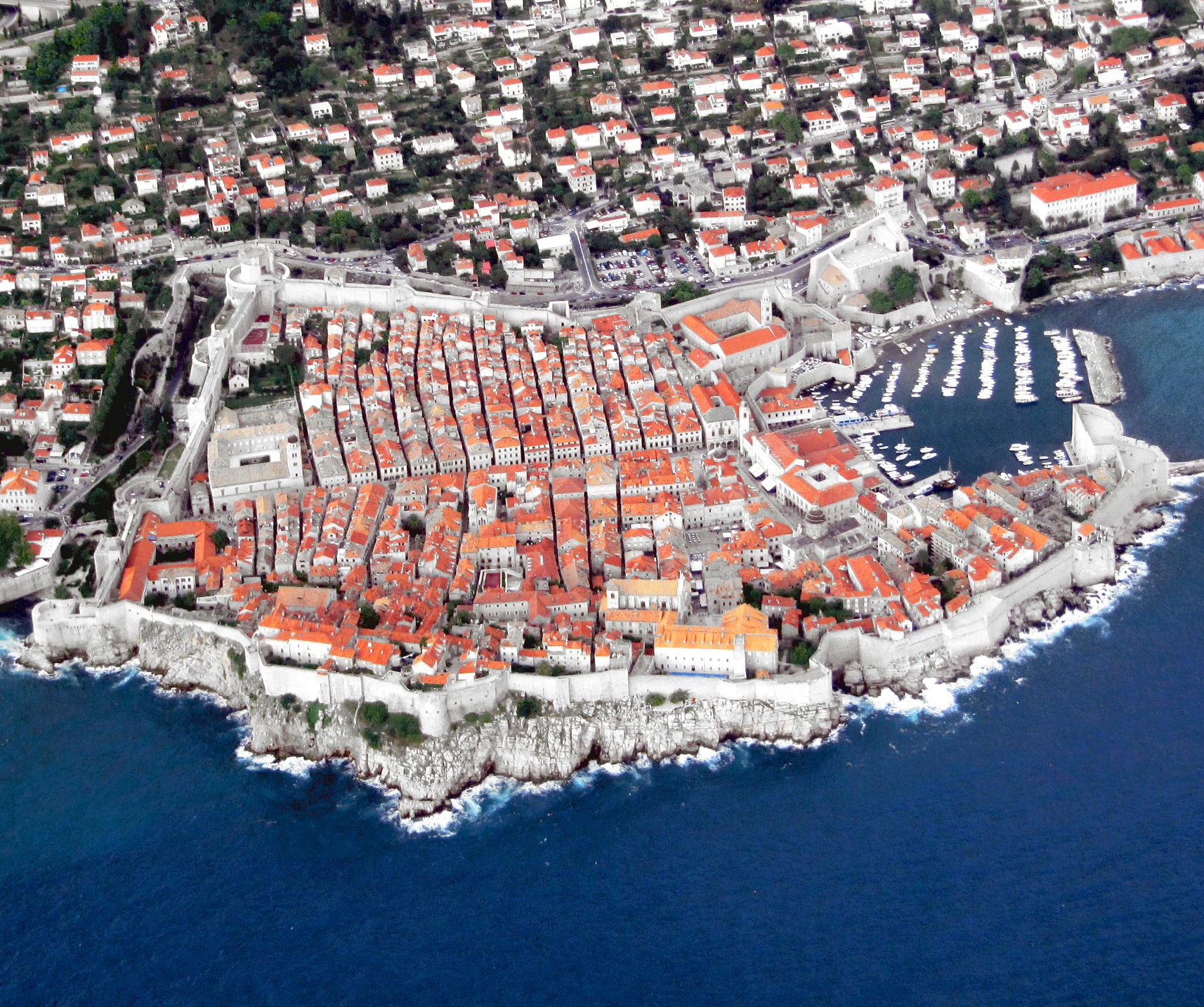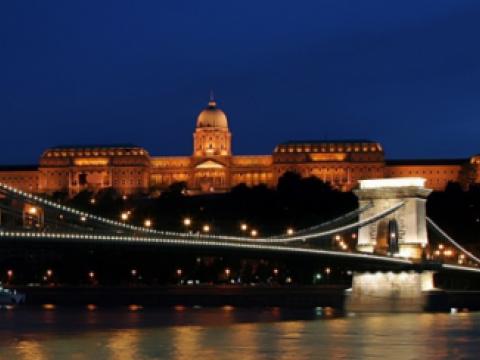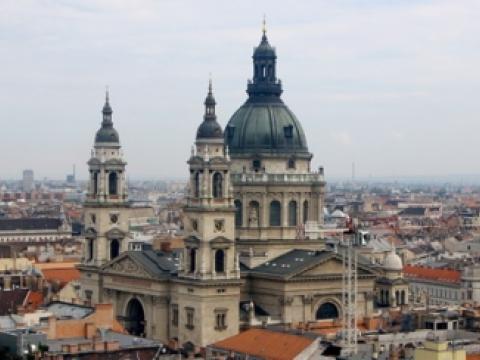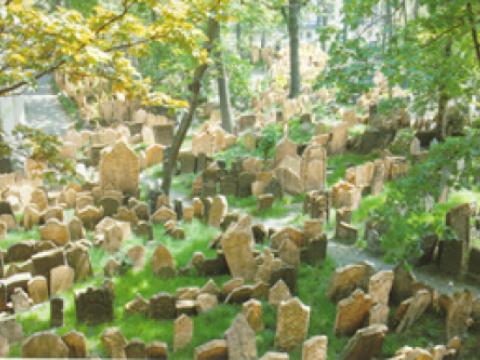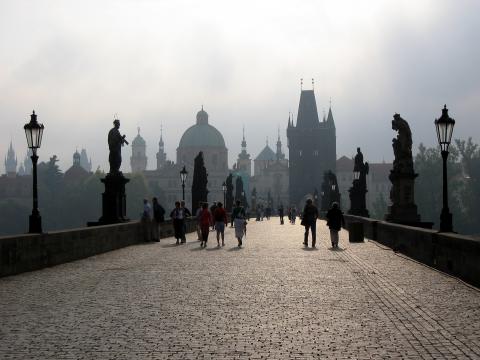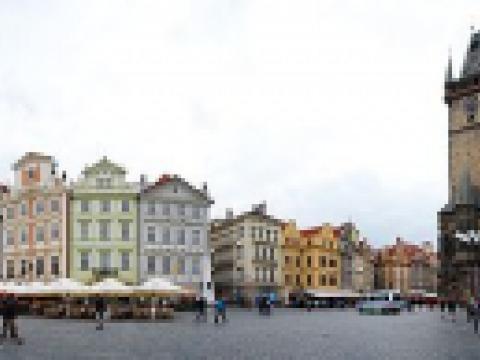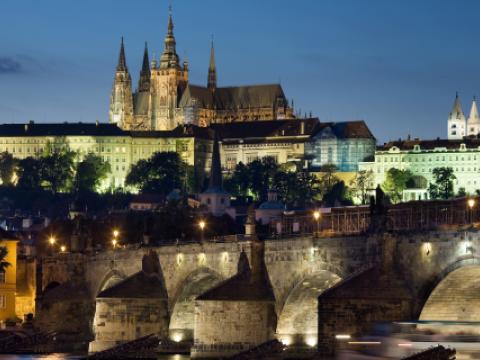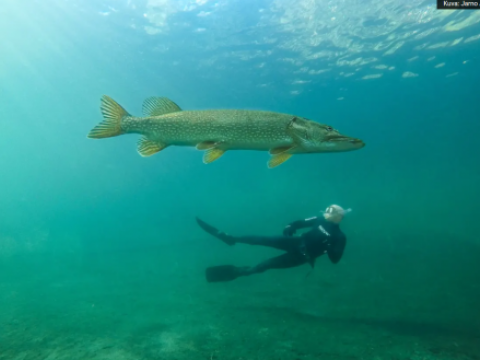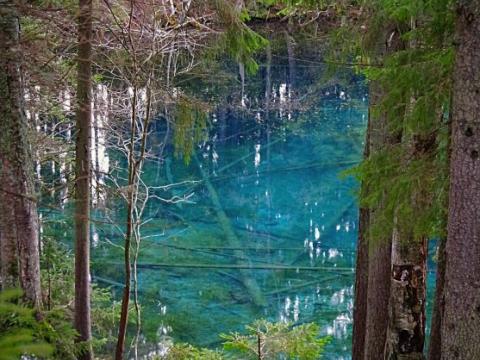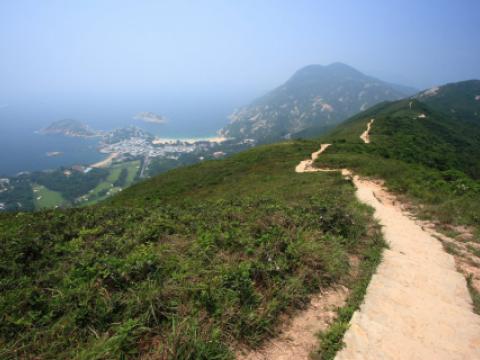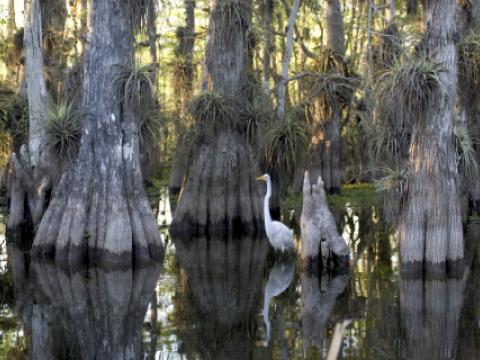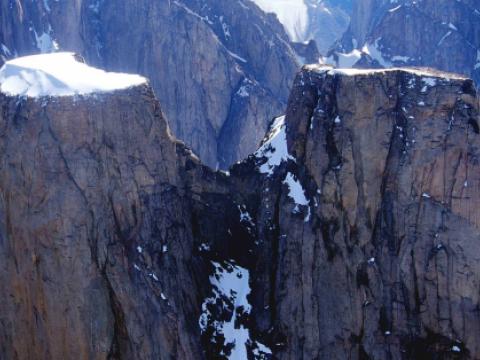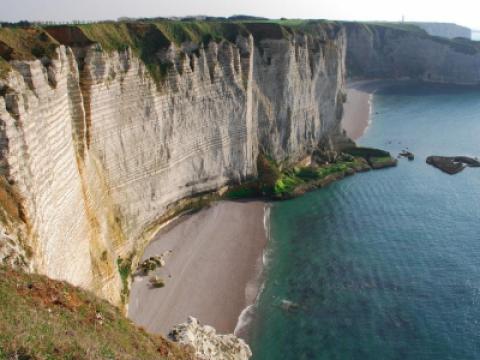Croatia was all but forgotten for almost a decade following the war (1991–1995) that saw the break-up of Yugoslavia. Blessed with year-round sun, it is now firmly back on the summer destinations map. And with its stunning coastline, unspoilt nature, beautifully-preserved historic towns and idyllic islands, it offers a less commercial take on the sun, sea and sand holidays you would expect in Greece or Spain.
Location
Krka National Park
Location
Krka takes its name from the river that crosses through the area in central Dalmatia. Since 1985, it provides cultural, recreational and scientific support for all interested people.
Visovac Island is in the middle of the lake and can be visited by boat. The island hosts a monastery built about 500 years ago. Other interesting places in Krka include Roski Slap, a system of cascades and a unique natural pool called Skradinski buk. This area was established as a national park back in 1985 and it comprises a surface of 109 square kilometers where almost one thousand different plants make up the flora, while hundreds others animals are part of the highly diverse fauna.
Pula Amphitheatre
Location
The Pula Arena is a Roman amphitheater, the only one that features its original characteristics and one of the sixth largest in the world. The construction of the amphitheater spanned over almost one hundred years, between two millennia and nowadays, it is one of the main attractions in Pula. If you have prepared kunas for your trip, you can see the Arena on the reverse of the 10 kuna banknote. Throughout its history, after the fall of the Roman Empire, the Arena was the host of medieval fairs and tournaments. Currently, it is still an entertainment center, as many concerts have been hosted here, Luciano Pavarotti, Elton John and Il Divo having appearances here.
Brijuni National Park
Location
Brijuni is a unique archipelago of 14 islands off the coast of Croatia.
In the past the islands were home to a large number of quarries and became famous mostly as the private retreat of Tito. In 1983 however the area was being accorded national park status and opened all people. Travelling on the islands is still strictly controlled and only two of the islands, Veli Brijun – the biggest island – and Mali Brijun, home to an Austrian fortress, are open to visitors.
The Elaphiti Islands
Location
The Elaphiti Islands are a great environment for people seeking pristine scenery in Croatia. The archipelago comprises of 13 islands and has a total surface of about 30 square kilometers. The permanent population of the islands does not exceed 850 inhabitants, but loads tourists come here during summertime. Only three of the islands have resources for tourists, namely SIpan, Lopud and Kolocep. Lopud is the most known for its sandy beaches. The islands seem to be inhabited for at least one thousand years, as Kolocep has seven pre-Romanesque churches that date back from the turn of the millennium.
Diocletian's Palace
Location
Diocletian’s Palace is an ancient residence of the Roman Emperor Diocletian, designed to house him after his retirement in 305 AD. After the Romans moved away from here, the palace remained abandoned until the 7th century, when it became a permanent settlement. Today the palace, along with adjoining areas to the west, forms the very heart of Split. Many shops, restaurants, bars and apartments for tourists can be found within the palace.
Trsteno arboretum
Location
Stecci Medieval Tombstones
Location
Some real oddities that are present in Croatia, (and also in Bosnia and Herzegovina, Montenegro and Serbia) are the Stecci. These medieval tombstones are unique in the world and are closely following the borders of the medieval Bosnian Kingdom. There are a total of 70,000 Stecci spread in the area between the above mentioned countries and several thousand of them are in Croatia. The decorative motifs featured on the tombstones are enigmatic, spirals, rosettes and crescent moons being part of the recurrent motifs on the monuments.
City of Motovun
Location
Motovun is a medieval town that grew up on the site of an ancient city called Kastelijer. It is situated on a hill 270 metres (886 feet) above sea level with houses scattered all over the hill.
From 1278 the town was taken over by Venice and surrounded by solid walls which are still intact today, and used as a walkway with unique views over the four corners of Istria. It is a typical example of Venetian colonial architecture.
Primosten Vineyards
Location
Primosten is a Croatian city that lies on the coast of the Adriatic Sea, in the southern area of the country. The city has become famous for the vineyards surrounding the city. Among the renowned vineyards, you can relax on the Raduca beach, voted to be one of the most beautiful beaches in the country.
The area has been extensively transformed in the past by people using only manual labor in order to create fertile lands. The vineyards are one of the best examples of the success of this technique. When you get to the city, it is impossible to miss the vineyards, as they are scattered on all of the hills that surround the city, providing a great view.
Varazdin - Historic Nucleus and Old Town
Location
The historic nucleus and old town of Varazdin represent the richest and best preserved medieval complex in the whole Croatia. The old town dates back to 14th century.
The fortress in the old town is the biggest of the monuments and it is now home to the City Museum of Varazdin. The Varazdin castle in the old town is open for visitors. Apart from the castle, more than 15 Baroque palaces and more than 10 churches, monasteries and chapels make up the rest of the monuments within the historic nucleus of Varazdin. The cemetery of the city is one of the most beautiful in the whole Europe, thanks to the efforts done by Herman Haller in 1905.
Dubrovnik
Location
Dubrovnik is one of the most important holiday resorts of Croatia, being located on the coast of the Adriatic Sea. The Summer Festival starts on July 10 and lasts for 45 days, until August 25. Other smaller festivals are hosted often close to the most important venues of the city, such as Lokrum Island. Most events take place during summer, especially in August.








